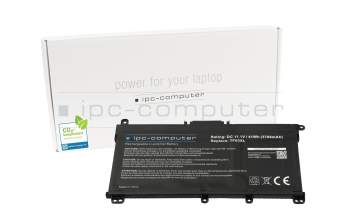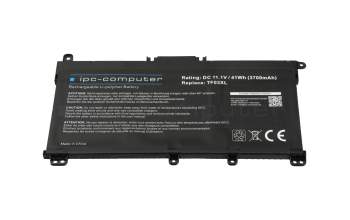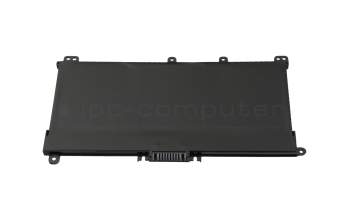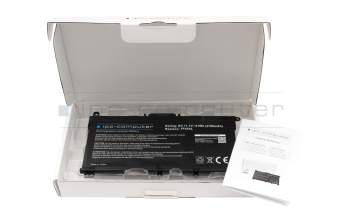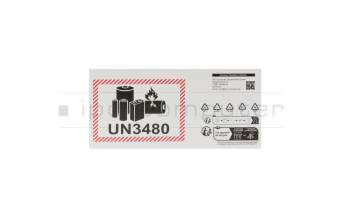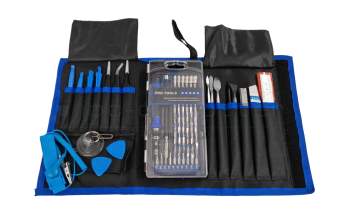IPC-Computer battery 41Wh suitable for HP Pavilion 15-ck000
41.73 $
incl. Tax (19%)
plus shipping charges
plus shipping charges
In stock.
Express shipping possible.CO2-compensated
Installation in our repair shop
Product Info
Common data
- Condition
- New
- Manufacturer
- Replacement product from IPC-Computer
- Color
- black
Technical Data
- Battery type
- intern
- Battery technology
- Li-Polymer
- Capacity
- 3700 mAh / 41 Wh
- Output (volt)
- 11.1 Volt
- Number of cells
- 3 Cells
Battery Quality
Category
- Category
- Batteries
- Usage
- Laptop
Videos & Contributions

